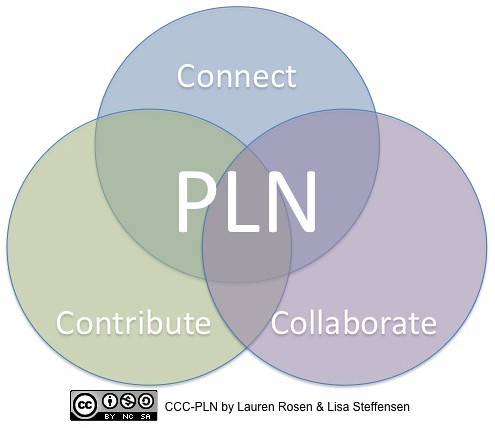- PBL is not only a means for students to show achievement, but a means for them to learn.
- As the teacher, you should create a project based on the content the students need to learn.
- Projects should have an audience, be based on student interests, have a sense of community involvement, and be driven by content.
- Students should be given the opportunity to reflect upon and revise their work. Give them the opportunity to defend what they did. If you know what they were thinking when they did something, it may have help you to understand their view point better.
Project Based Learning Part 2: Experiences of a 3rd Grade Teacher
- Teachers have to be sensitive to the parents' wants. Even though I don't agree with the parent Capps talked about in the video, I think it is important to try to reach a middle ground with them. I can understand why he wouldn't want his child to do a project about a culture that we are at war with, especially since the parent was in the military. So, even though I don't like the idea of giving the student an alternative assignment, I would do it out of respect for the parent.
- Don't limit students by giving them requirements. Instead, give them guidelines.
- Record (visually or written) students when they discuss the reasons why they liked one project more than another. This gives you feedback on how to improve the projects for later students.
- Give students a choice in doing the project: topic, method, etc.
iCurio
- An online tool that allows students to safely search the Internet.
- It has a storage capacity for students to be able to save their search items.
- Students can search by criteria.
- It can read the webpages to the students.
 Discovery Education
Discovery Education- It brings experts into the classroom via video.
- It gives students the opportunity to watch, rather than read, the material. This usually helps students to better understand certain concepts.
The Anthony - Strange list of Tips for Teachers Part 1
- Be interested in learning yourself. Information is always changing. You have to keep up with it.
- Work is not separate from play. You should enjoy learning new methods and tactics for work.
- Be flexible. Always have a backup plan. If something can go wrong, it can, and it will.
- Start with a goal in mind.
- Have student engagement at 100% all the time for every project.
- Allow students to reflect, revise, share, and work with an audience.
Don't Teach Tech - Use It
- You should not teach technology. Instead, just introduce it, and let the students learn how to use it themselves.
- Build off of preexisting knowledge of technology. Get students acquainted with one program, then add another later on. This gets students used to using technology.
- Build in time to reflect on how well the use of the technology went with the project and how it can be improved the next time.
- Use the programs yourself before introducing them to the students.
Additional Thought About Lessons
- Lessons should be thought of as 4 layers; year, unit, week, and daily.
- Use this method of organization to plan how to achieve teaching concepts.
_poster.jpg)







